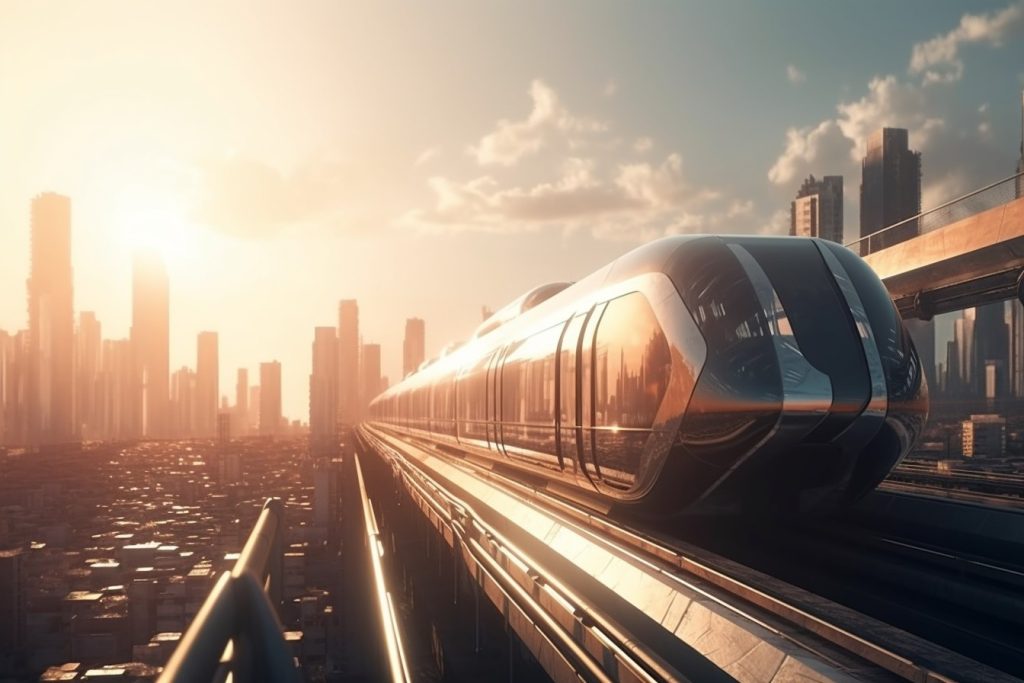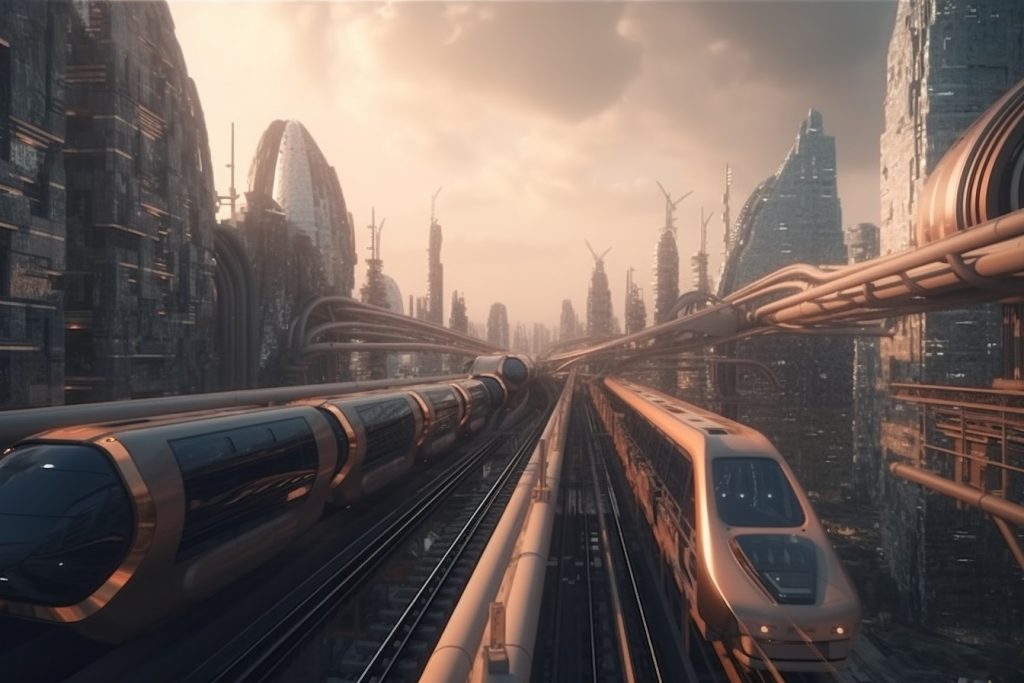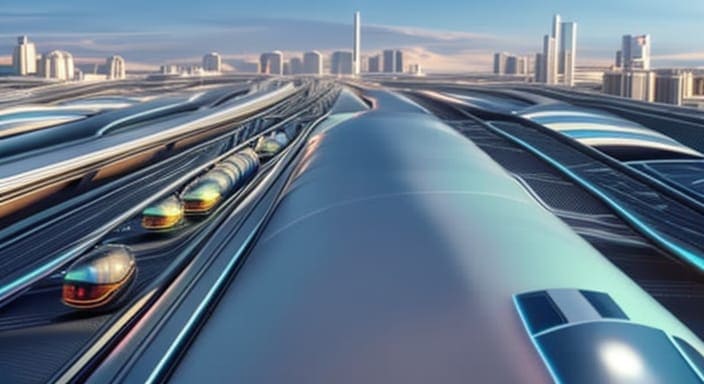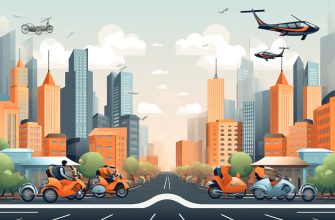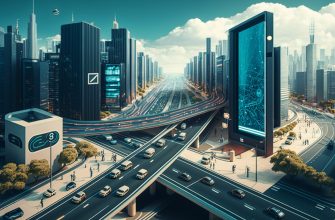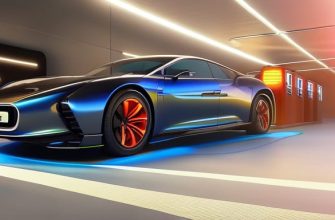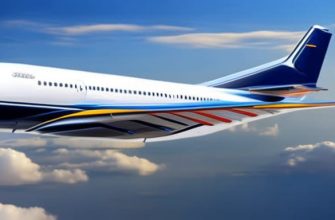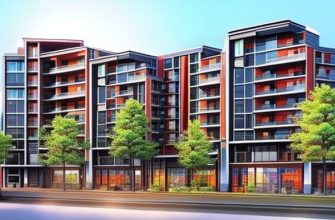Introduction
Imagine traveling from Los Angeles to San Francisco in just 30 minutes. Sounds impossible, right? Well, not if the Hyperloop has anything to say about it!
This revolutionary transportation concept promises to make ultra-high-speed ground travel a reality, reshaping how we commute and connect.
In this article, we’ll explore the fascinating world of Hyperloop transportation, delving into its origins, the groundbreaking technology behind it, and the potential benefits and challenges it presents. Finally, we’ll look at the Hyperloop’s future and how it could change how we travel forever.
The Birth of a Transportation Revolution
Elon Musk’s Vision for the Future
Billionaire entrepreneur Elon Musk first proposed the Hyperloop concept in a 2013 white paper. Frustrated by the limitations of existing transportation options, Musk envisioned a system that could move people and goods at ultra-high speeds while being energy-efficient and environmentally friendly.
SpaceX and Tesla: Leading the Charge
Although Musk’s companies, SpaceX and Tesla, have played a crucial role in promoting the Hyperloop concept, he has openly encouraged other companies and researchers to develop their systems. In 2015, SpaceX organized the first-ever Hyperloop Pod Competition, inviting teams worldwide to design and build their prototype vehicles.
The Science Behind Hyperloop: Speeding Into the Future
Low-Pressure Tubes: The Key to Speed
At the heart of the Hyperloop concept is using low-pressure tubes to minimize air resistance and allow vehicles like pods to travel at incredibly high speeds. Maintaining a near-vacuum environment inside the tubes allows the pods to glide through with minimal friction, reaching over 700 miles per hour.
Magnetic Levitation and Propulsion: A Smooth Ride
The Hyperloop relies on magnetic levitation, or maglev, technology to suspend the pods above the track, eliminating the need for wheels and further reducing friction. This same technology is used to propel the pods, with powerful magnets creating a push-pull effect that sends them hurtling through the tubes at breakneck speeds.
Aerodynamics: Cutting Through the Air
The principles of aerodynamics heavily influence the design of the Hyperloop pods. Sleek, streamlined shapes minimize air resistance, while clever engineering solutions help to reduce turbulence and maintain stability even at ultra-high speeds.
Weighing the Pros and Cons of Hyperloop Transportation
Faster, More Efficient Travel
One of the most significant benefits of Hyperloop transportation is the potential for dramatically faster travel times compared to traditional modes of transportation. This could revolutionize our commute and enable new economic opportunities by connecting cities and regions more efficiently.
Environmental and Economic Advantages
Another major advantage of Hyperloop transportation is its potential to be more environmentally friendly than conventional methods of travel. The Hyperloop could help reduce greenhouse gas emissions and our reliance on fossil fuels by using electric power and producing zero direct emissions. Additionally, its energy-efficient design may lead to lower operating costs, making it an economically viable option for long-distance travel.
Safety Concerns and Infrastructure Costs
Despite the exciting possibilities that Hyperloop transportation offers, there are also some potential challenges to consider. Safety is a primary concern, as the system must prove that it can reliably and securely transport passengers at such high speeds. Furthermore, constructing the extensive infrastructure required for Hyperloop networks could be costly and time-consuming, posing financial and logistical hurdles.
The Future of Hyperloop Transportation: A Connected World
Ongoing Research and Development
Numerous companies and research institutions work tirelessly to bring the Hyperloop concept to life. Through ongoing research, development, and testing, these organizations are making strides in refining the technology and addressing the various challenges that stand in the way of its widespread implementation.
Public and Private Sector Involvement
The successful development and deployment of Hyperloop transportation will likely require collaboration between the public and private sectors. Government support and investment, combined with the innovation and resources of private companies, will be essential in creating the regulatory framework, infrastructure, and technology needed to make Hyperloop a reality.
International Collaboration: A Global Effort
As the Hyperloop concept continues to gain traction, it has inspired a growing spirit of international collaboration. Countries worldwide recognize the potential benefits of this groundbreaking transportation system. They are joining forces to research, develop, and test new ideas and technologies to pursue ultra-high-speed ground travel.
